Joshua Tree stargazing is a magical experience. The full moon can make it even more so. But can you still see stars with a full moon in Joshua Tree?
The short answer is yes! You can still see stars with a full moon. However, it’s essential to plan to get the best views. For example, you can stargaze before moonrise or after moonset. Visiting during a New Moon would be even better.
In this article, you get
Information on visiting Joshua Tree under a full moon
How the full moon washes out the bright stars
Tips for finding the best moon phase for premium star viewing
How to find the moonrise and moonset times
When to plan your Joshua Tree stargazing trip to see the Milky Way core
A look at the best places for stargazing in Joshua Tree
By the end of the article, you’ll know all about being able to see stars during a full moon in Joshua Tree and more!
Let’s dive right in.
Recommended For You
stargazing during full moon
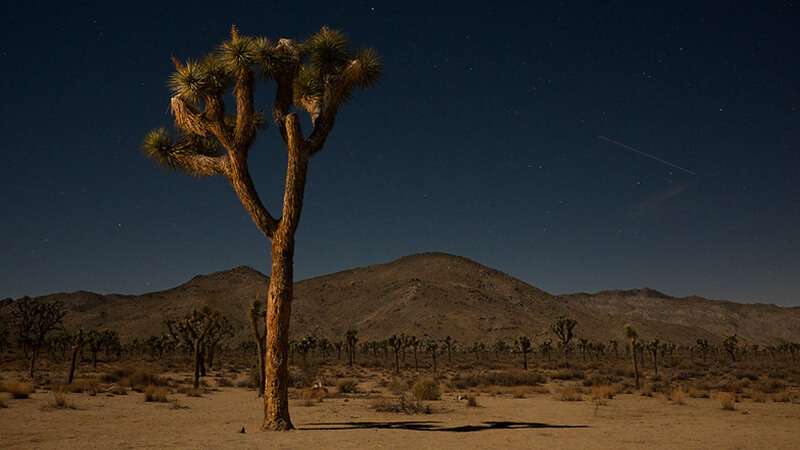
Despite the bright light of a full moon, it is still possible to go stargazing in Joshua Tree National Park.
On on hand, the full moon will make it difficult to see faint stars.
On the other hand, the moon’s dim blue light can create a beautiful atmosphere.
To maximize your stargazing experience, you should check the moon’s phase before your trip. You can also check the rise and set times before going stargazing.
Planning will ensure you visit during a new moon phase.
A new moon provides ideal stargazing conditions.
THE BRIGHTNESS OF THE FULL MOON

The full moon is the brightest phase of the moon.
A full moon’s intensity affects the visibility of stars in Joshua Tree. The light from the full moon can be so bright that it causes a glow that drowns out stars.
The stars will be harder to spot.
It will also be harder to see constellations and other celestial objects.
However, this doesn’t mean stargazing is impossible during a full moon.
FREE STARGAZING CHECKLIST
My 5-page Stargazing Checklist will enhance your astronomical observations.
Follow this free checklist to navigate the night sky with confidence, clarity, and a sense of preparedness for a rewarding stargazing experience.

THE BEST TIME TO SEE STARS WITH A FULL MOON
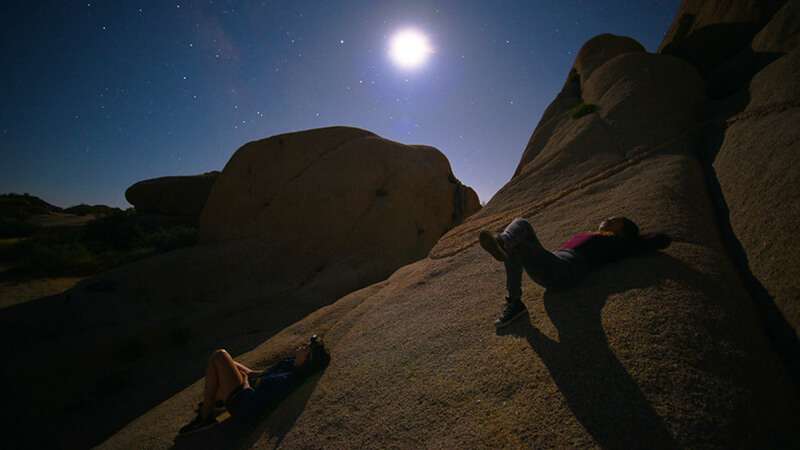
Avoiding the moon is recommended for optimal viewing.
A waxing crescent and half-moon evenings are still suitable for star trails and single-exposure star trails.
The best time for viewing the night sky is when the moonlight does not wash out the brightness of the stars.
Full Moons are still spectacular in the desert, but only the brightest stars and planets will be visible.
During a new moon, there is no light from the moon. Without a moon in the sky, you will have the ideal stargazing conditions.
New Moons allow you to observe a vast array of stars, planets, and galaxies without interference.
THE FULL MOON CASTS A DIM BLUE LIGHT
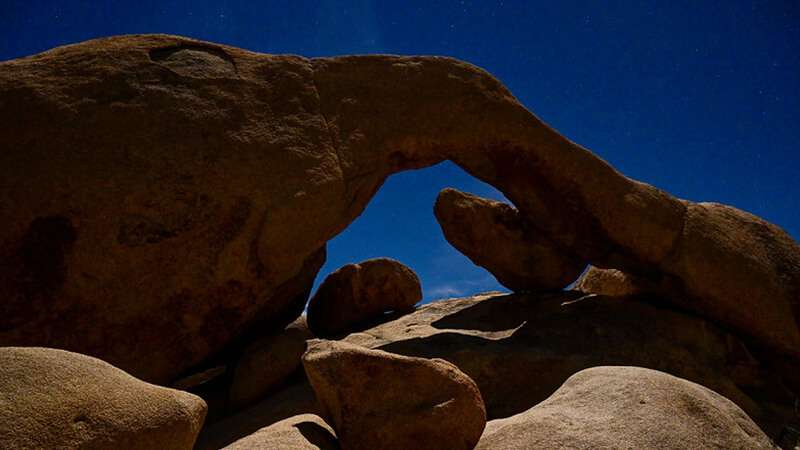
Although the full moon is bright, its light is only a faint blue.
The light from the full moon is much less intense than the light emitted from the sun.
The full moon creates a dim blue light. This blue light is visible in Joshua Tree National Park, one of the darkest places in the U.S.
While the full moon may make stargazing a bit more complicated, it’s still possible to see stars in Joshua Tree.
HOW THE FULL MOON AFFECTS THE SKY
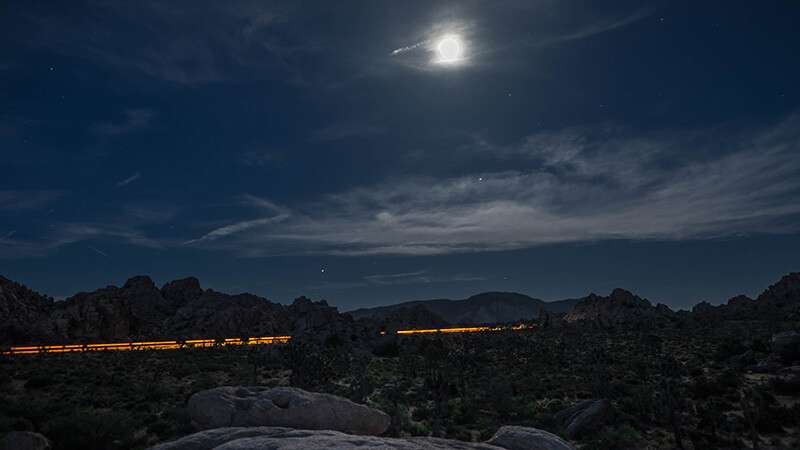
The full moon’s light reflects off of the Earth’s atmosphere. The atmosphere scatters blue light more than other colors. The blue light washes out the stars and other celestial bodies.
However, the blue light of the full moon can also create a more dramatic effect.
TIPS FOR MAXIMIZING STAR VISIBILITY IN JOSHUA TREE
Many people like to camp during a full moon. But for people like you and me, this is the worst time for stargazing.
If you can’t avoid a full moon, try to plan your stargazing trip when the moon is setting or has already set.
To maximize your star gazing in Joshua Tree, follow a few tips.
- Aim for a new moon night for the best chance at seeing a sky full of stars.
- Be sure to head out before the moon rises or after it sets.
- If you can’t visit during a new moon, visit when the moon is either waxing-crescent or in its first quarter phase.
Without a moon, you will have optimal conditions for seeing stars.
CHECK THE MOON’S PHASE BEFORE HEADING TO JOSHUA TREE
If you know the exact date of a New Moon, you can use this information to plan your visit for the best stargazing conditions.
Knowing when the moon will be visible in the sky and when it will be at its brightest is vital for optimal star visibility.
CHECKING THE MOON’S RISE AND SET TIMES
New moons are ideal for star gazing as they offer an uninterrupted view of the night sky with no moonlight washing out the stars’ brightness.
To find out when the new moon is, you can check local weather websites or astronomy apps such as SkyView Lite or StarWalk 2.
NEW MOONS ARE BEST FOR STARGAZING
A new moon occurs when the moon is invisible from Earth, creating the darkest night sky possible.
With a new moon, you can expect to see plenty of stars with the naked eye.
IDEAL LOCATIONS FOR STAR GAZING IN JOSHUA TREE NATIONAL PARK
While the bright light of a full moon may reduce the number of stars you can see, it doesn’t mean you can’t still enjoy a night of stargazing.
The ideal locations for stargazing in Joshua Tree National Park are Keys View and Heart Rock.
- Keys View is an excellent spot for stargazing since it’s completely dark. You can expect to see plenty of shooting stars, and you don’t even need a telescope!
- Heart Rock is a fantastic spot for stargazing, especially for taking night sky photos.
No matter where you are in the park, you can still stargaze on a clear night, even with the full moon! Find out the best time for stargazing in Joshua Tree.
A full moon provides a unique and captivating experience that combines the beauty of the night sky with the natural beauty of the desert.
I recommend you visit Joshua Tree during Milky Way Season. During this time, the galactic center is visible.
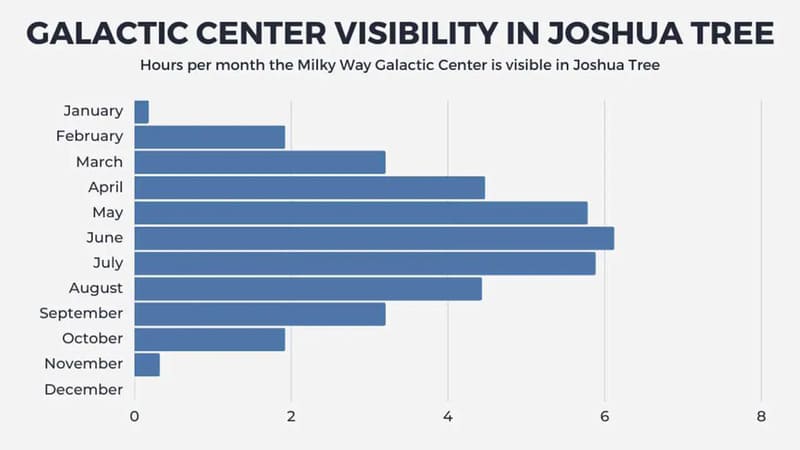
FREQUENTLY ASKED QUESTIONS
CAN YOU SEE THE MILKY WAY IN JOSHUA TREE IN SEPTEMBER?
Yes, you can see the Milky Way in Joshua Tree in September. You can see the galactic center for 3 hours in September, from about 8:30 pm until 11:30 pm. The galactic center is the brightest part of the Milky Way galaxy.
WHEN CAN YOU SEE THE STARS AT JOSHUA TREE?
You can always see the stars at Joshua Tree. The best time to see the stars is when the sky is darkest. The darkest sky is when there is no moon. There is no moon either before it rises, after it sets, or anytime during a New Moon phase.
SUMMARY: full moon joshua tree
Joshua Tree National Park is a magical place that offers a unique perspective on the night sky.
Even on a full moon, you can still see stars shining brightly in the sky above.
The lunar light can cast a soft glow on the surrounding desert landscape, highlighting the park’s unique features. The natural rock formations and Joshua Trees look different under the full moon’s light, making for an unforgettable experience.
The park’s remote location and minimal light pollution make it an ideal spot to stargaze and appreciate the beauty of the natural world.
To plan for your trip, find out if Joshua Tree is free at night.
Additional articles from my Dark Sky Parks series you may enjoy:
- Acadia National Park stargazing
- Big Bend National Park stargazing
- Bryce Canyon National Park stargazing
- Death Valley National Park stargazing
- Great Basin National Park stargazing
- Haleakala National Park stargazing
- Joshua Tree National Park stargazing
- Olympic National Park stargazing
- Red Rock Canyon stargazing
- Zion National Park stargazing




